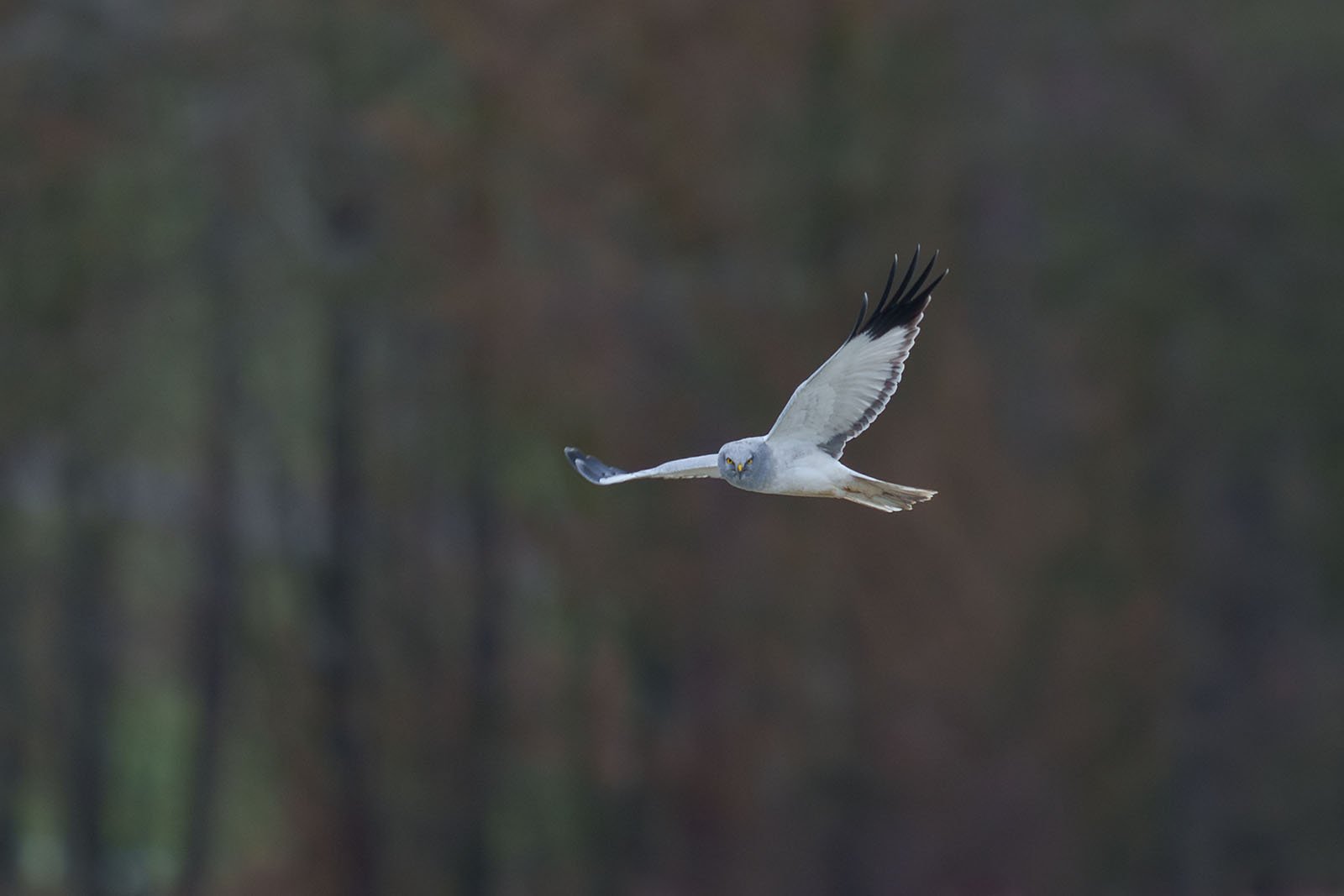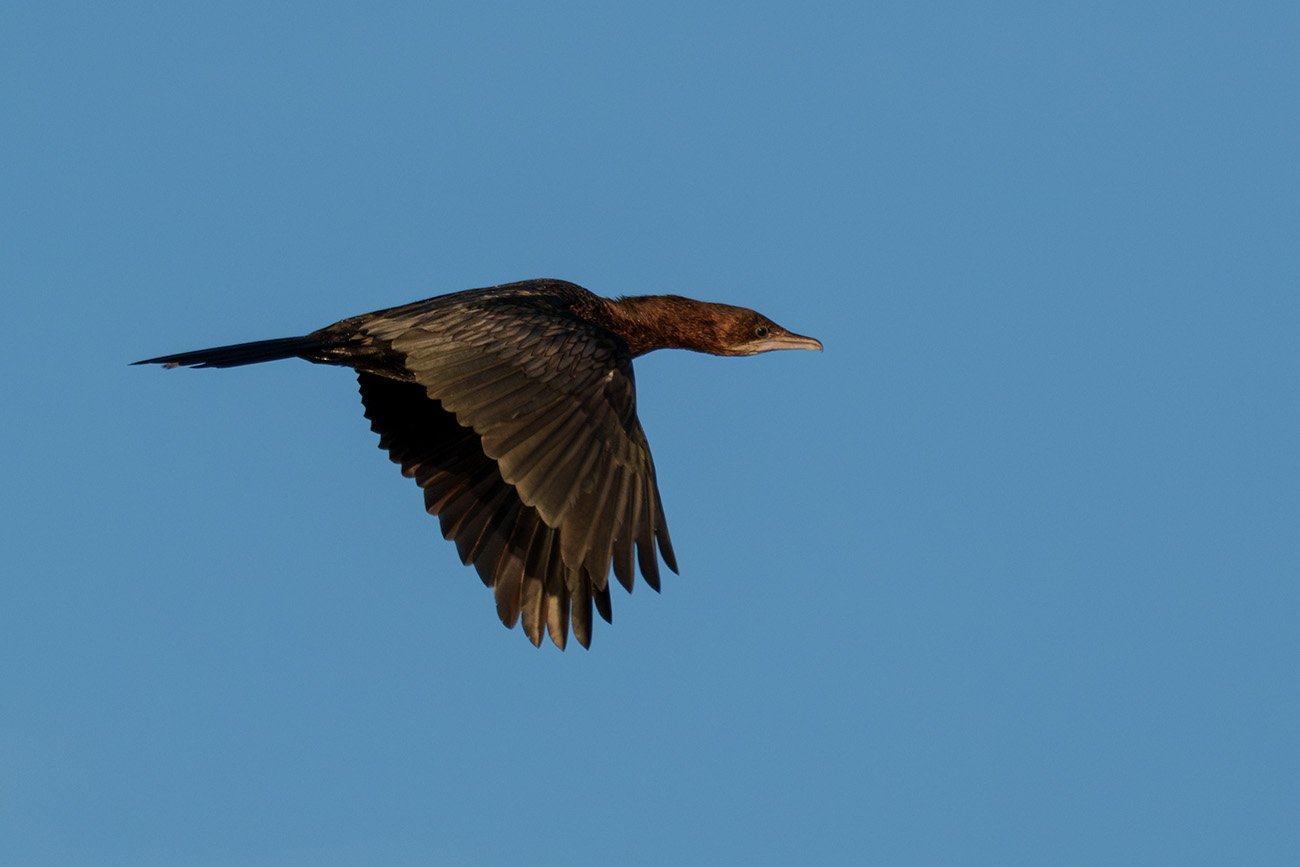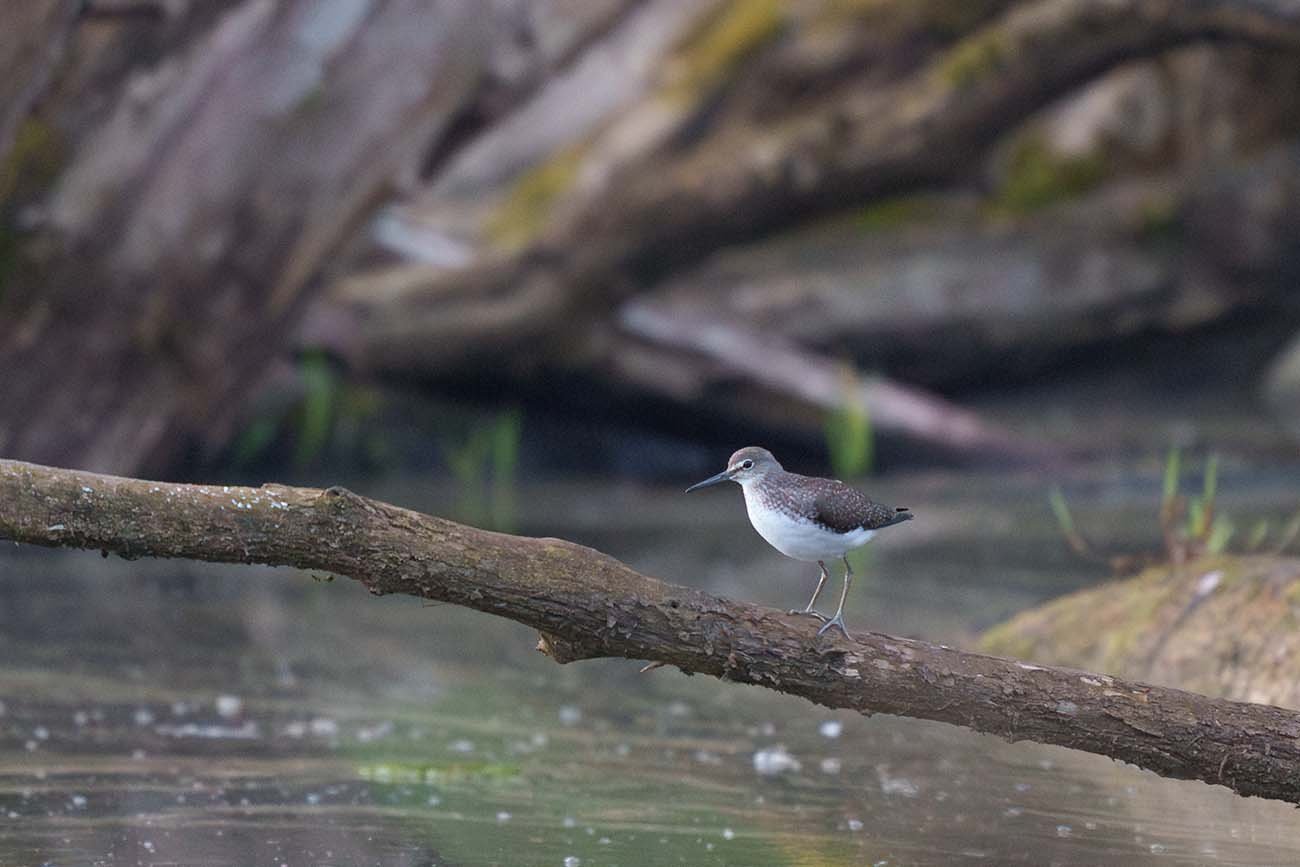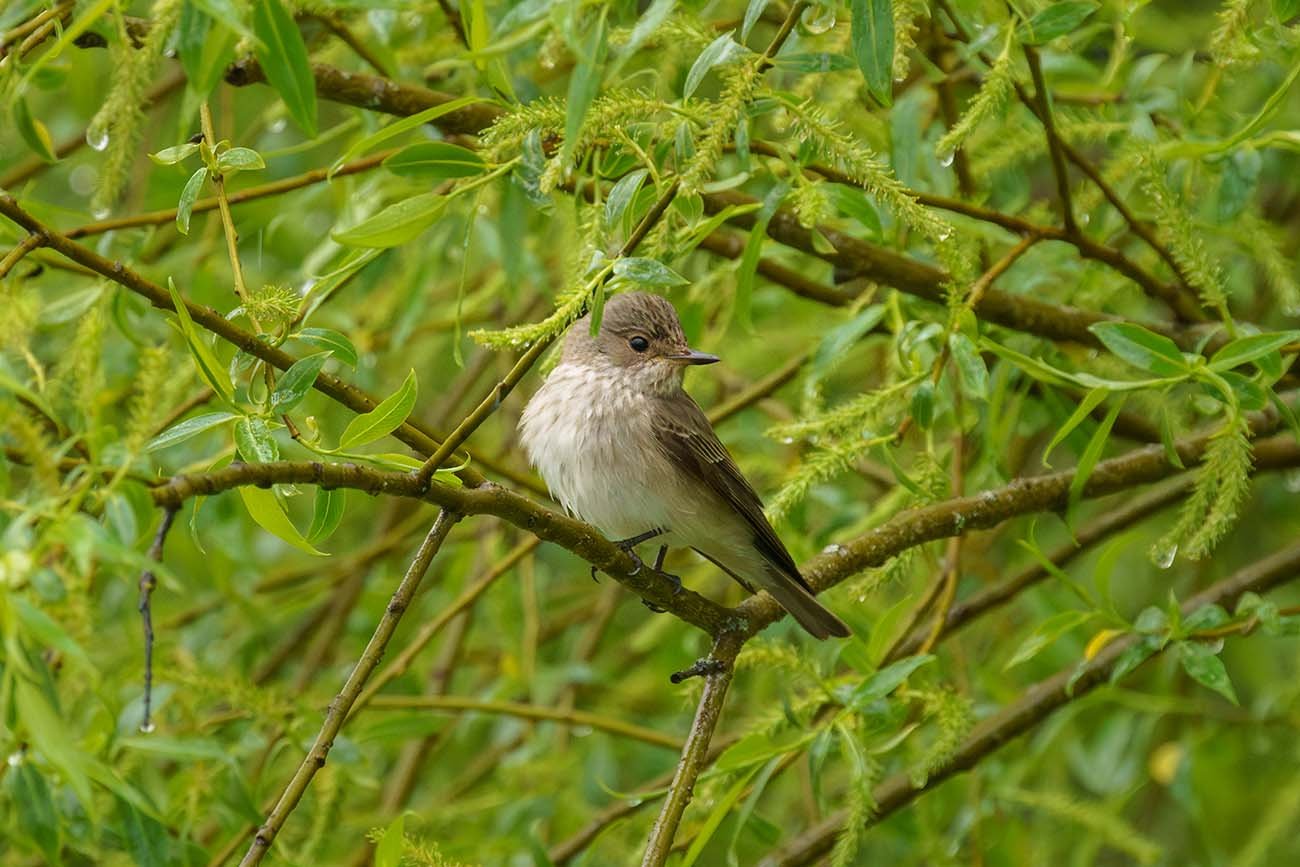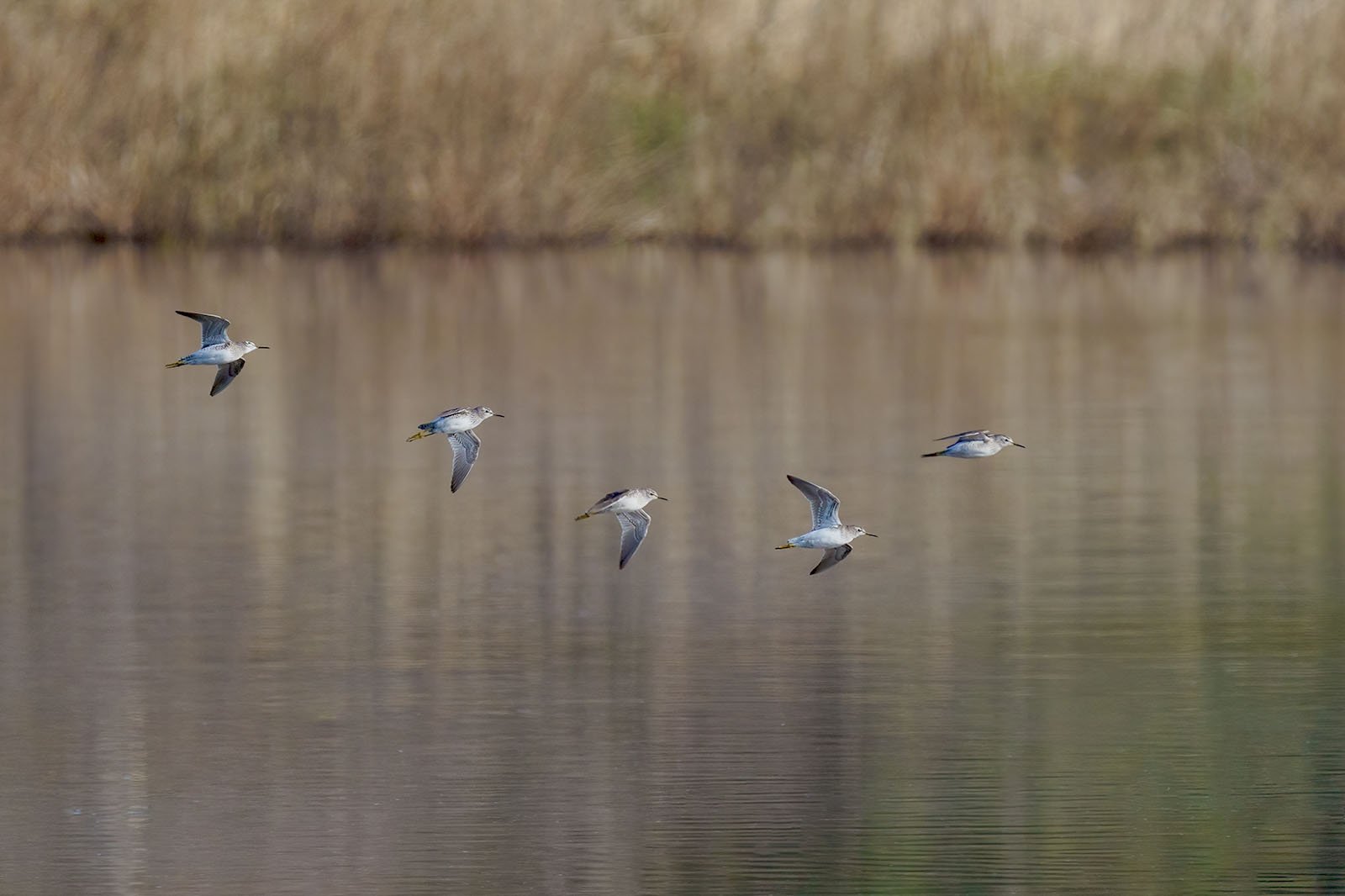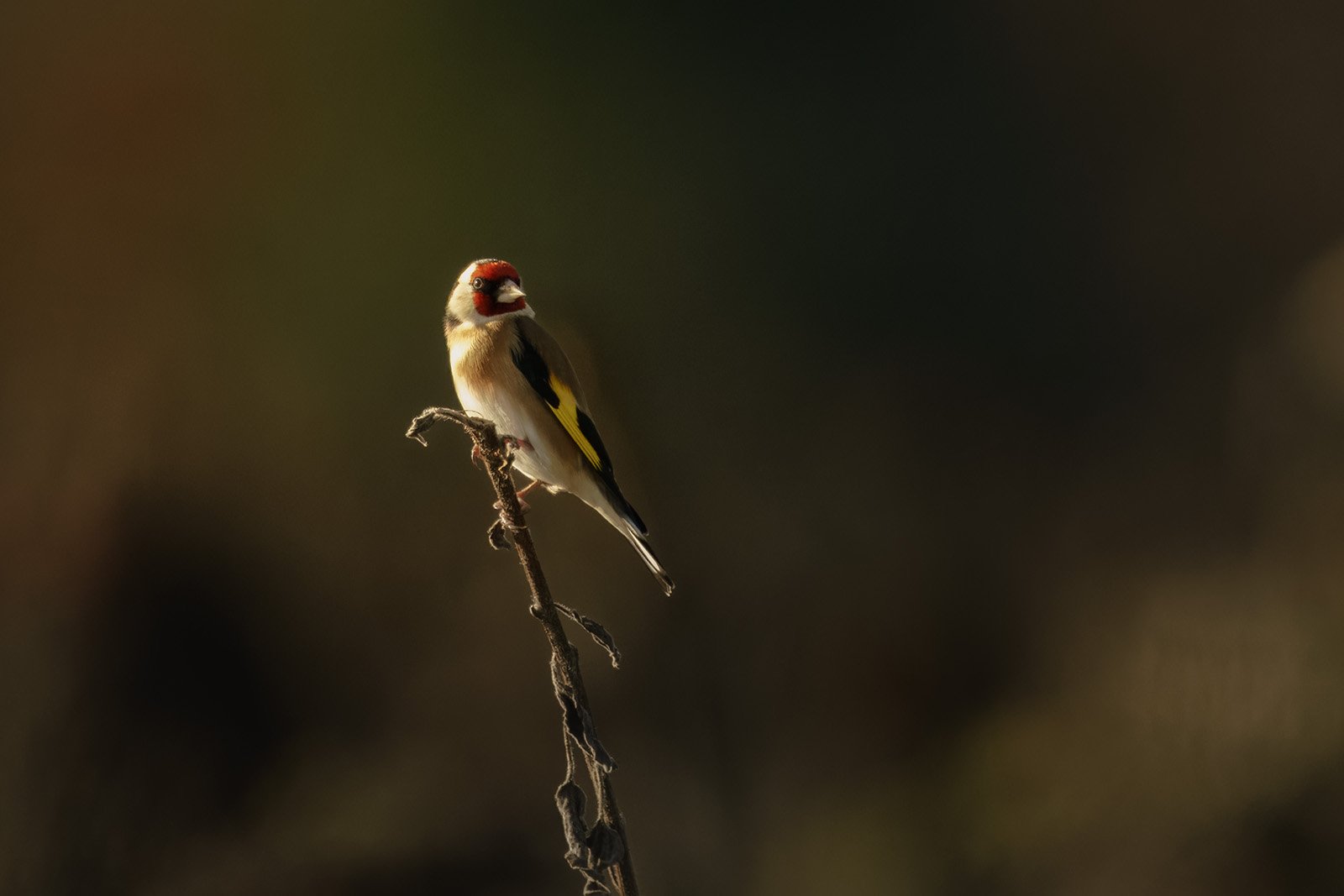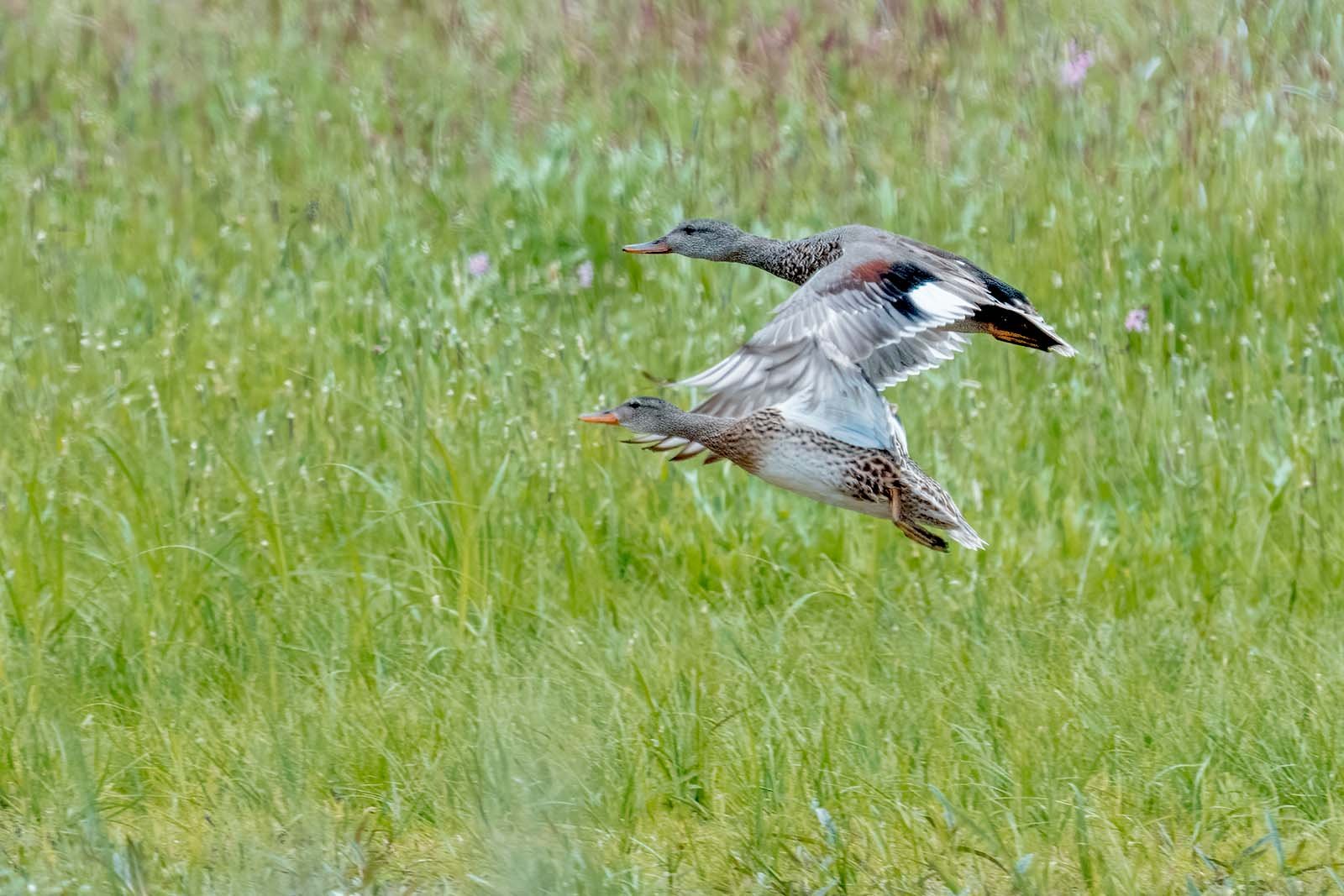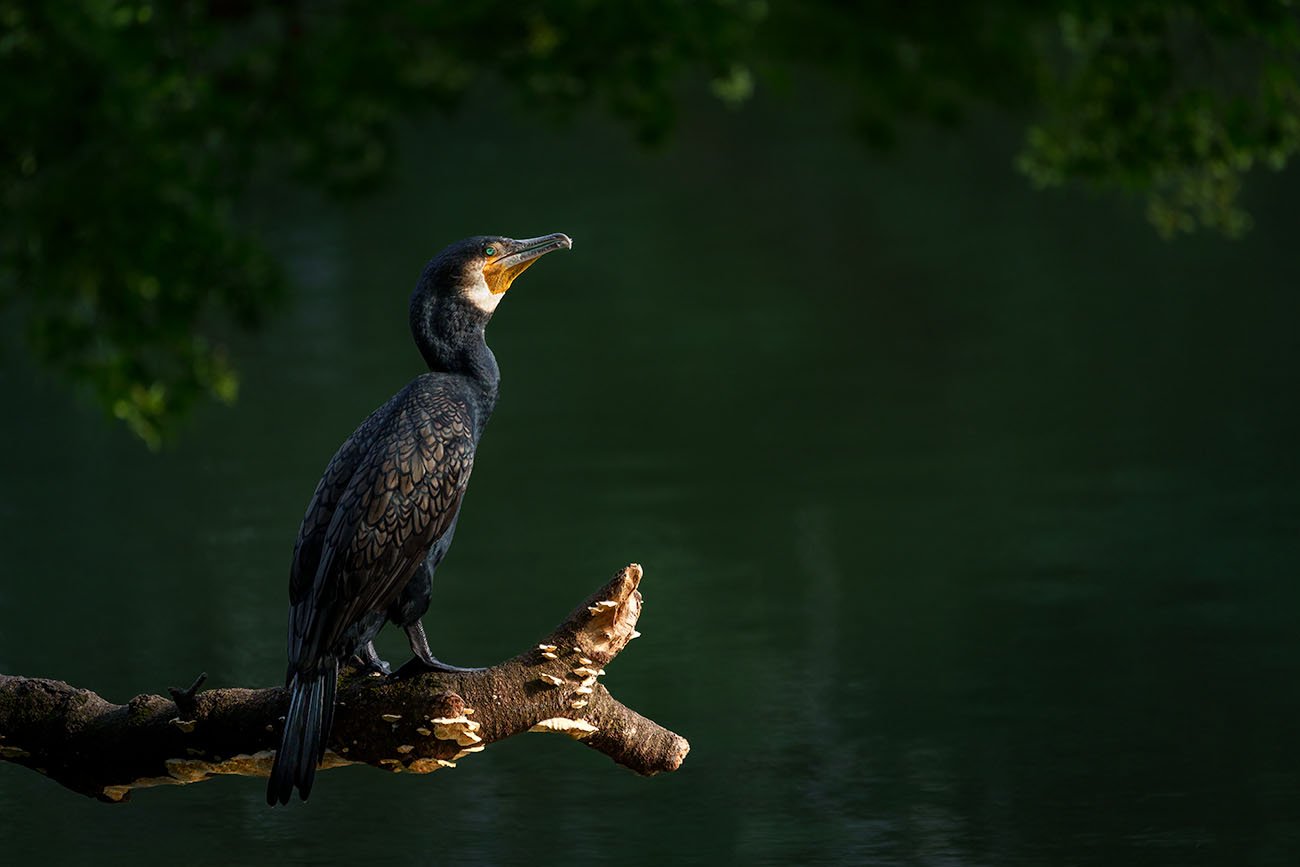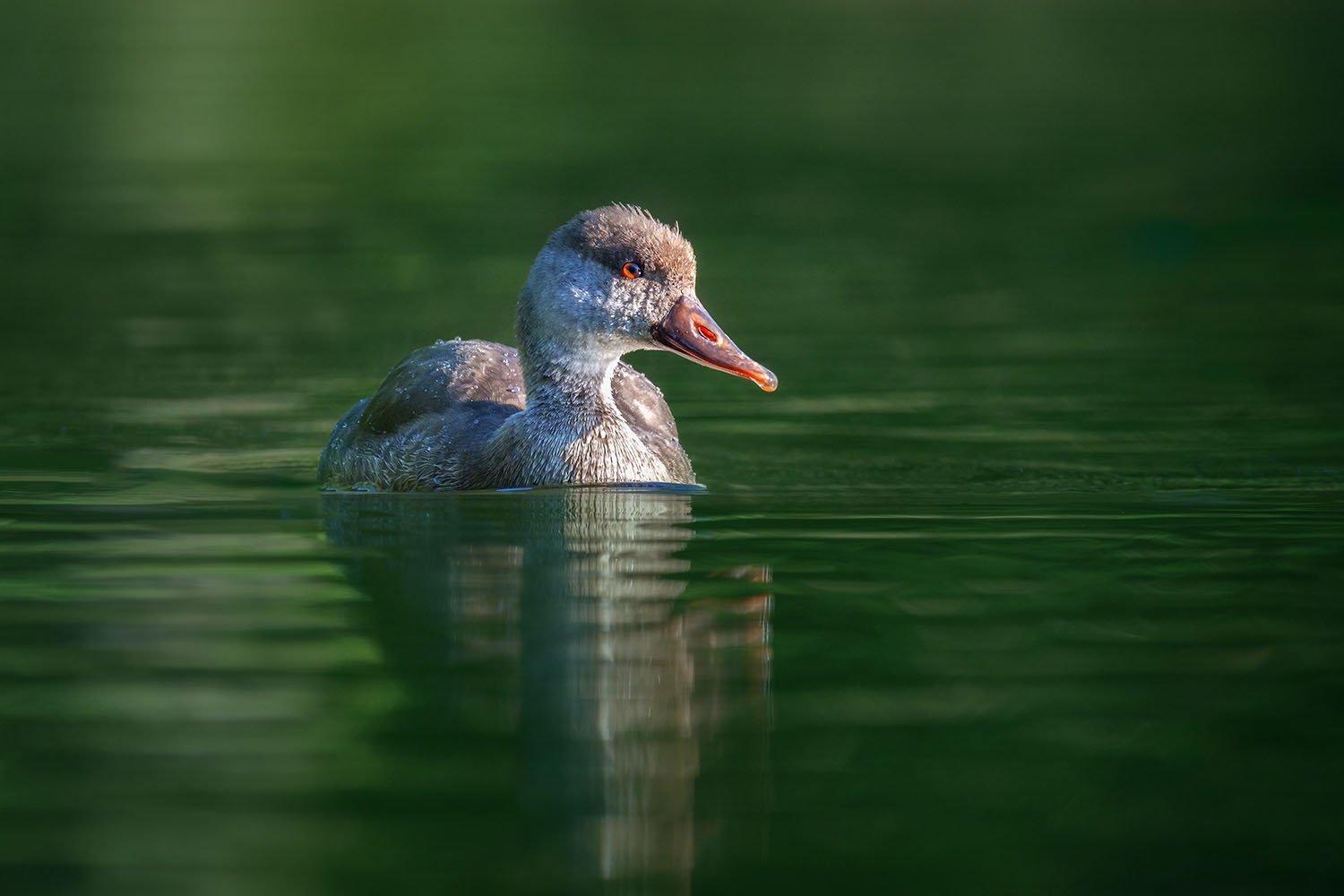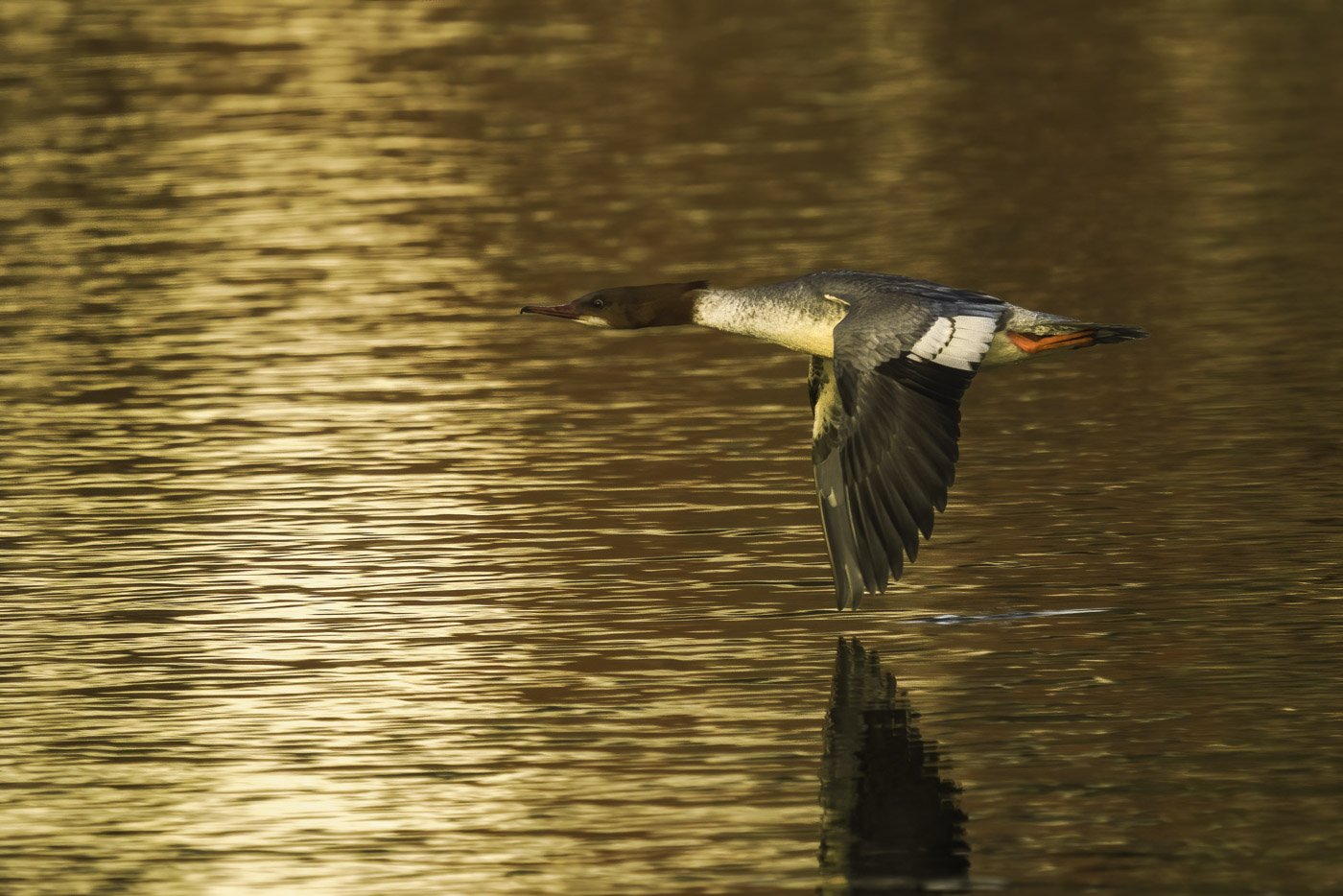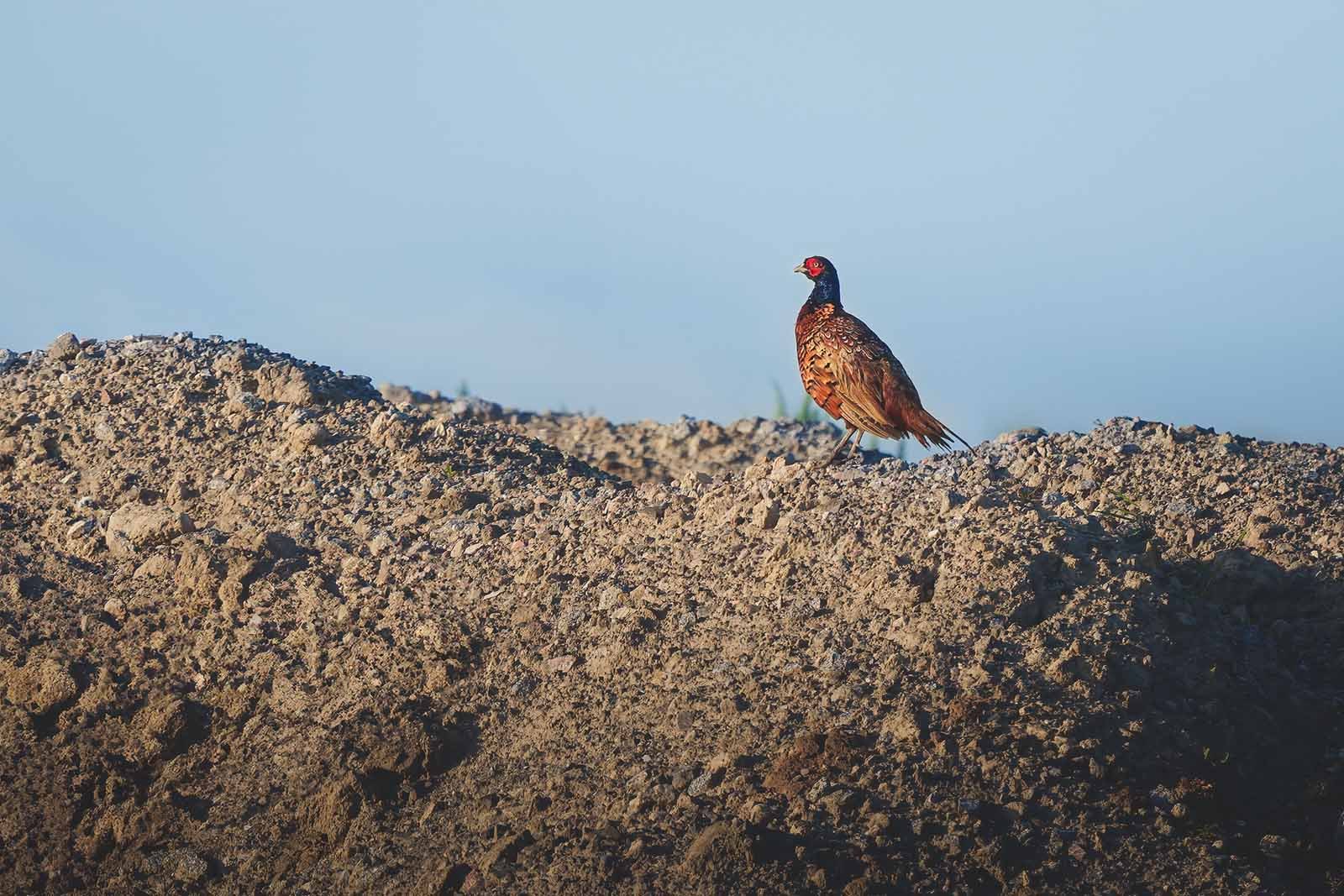Little grebe (Tachybaptus ruficollis)
Little grebe (Tachybaptus ruficollis)
The Little Grebe – Small, Compact, with Summer and Winter Fashion
As the smallest member of the grebe family in Europe, the Little Grebe is known for its compact build and exceptional diving skills. It prefers quiet, densely vegetated waters and undergoes seasonal changes in plumage coloration. During the summer months, it displays a more striking and colorful appearance compared to its winter plumage.
Table of Contents
- Key Facts
- Appearance and Features
- Habitat and Behavior
- Diet and Hunting Behavior
- Shortlist – All Facts at a Glance
- FAQ – Frequently Asked Questions
- Conclusion
1. Key Facts
- Size: 23–29 cm
- Features: Compact waterbird with a short beak; in breeding plumage, chestnut-brown; in non-breeding plumage, mostly brown with a light-colored beak spot
- Habitat: Still waters with dense shoreline vegetation; in winter, also found on open lakes
- Reproduction: Builds floating nests; the male takes care of the first hatched chick
- Diet: Aquatic insects, tadpoles, snails, crustaceans, and small fish
2. Appearance and Features
The Little Grebe is characterized by its compact body, short neck, and strong, slightly curved beak. On the water, it often appears slightly hunched.
Plumage and Seasonal Changes
Summer (Breeding Plumage):
- Head and neck in deep chestnut-brown, with a darker upper side
- Back and wings in dark brown to black
- Lighter belly area with soft transitions
Winter (Non-Breeding Plumage):
- Uniform brown plumage with grayish-brown areas
- Lacks the striking color contrast of summer
- Light-colored beak spot remains visible, making it easier to distinguish from similar species
Beak and Eyes
- Beak: Short, strong, dark gray to black, with a lighter patch at the base
- Eyes: Pale yellow to whitish-yellow, creating a noticeable contrast, especially in breeding plumage
Feet and Movement
- Legs: Dark gray to black with a slight greenish shimmer
- Toes: Have lobed webbing, aiding in diving
- Movement: While extremely agile in water, the Little Grebe is clumsy on land
3. Habitat and Behavior
Range and Preferred Habitat
This species favors calm, shallow waters with dense shoreline vegetation, including:
- Ponds and small lakes with reed belts
- Slow-flowing rivers with sheltered banks
- In winter, also larger lakes and reservoirs
Breeding and Nesting Behavior
- Breeding season: Spring to summer
- Nest: Floating platform made of plant material, usually hidden among reeds
- Parental care:
- The male initially feeds the chicks while the female continues incubating
- Newly hatched chicks often spend time on their parents’ backs
4. Diet and Hunting Behavior
Little Grebes are skilled hunters, using rapid diving techniques to catch their prey underwater. Their diet includes:
- Aquatic insects and larvae
- Tadpoles and small amphibians
- Snails and crustaceans
- Small fish
5. Shortlist – All Facts at a Glance
- Size: 23–29 cm
- Habitat: Still waters with dense shoreline vegetation
- Breeding behavior: Floating nest, male cares for chicks
- Special traits: Agile diving skills, seasonal plumage changes
- Diet: Aquatic insects, tadpoles, snails, crustaceans, small fish
- Breeding plumage: Chestnut-brown neck, dark back
- Non-breeding plumage: Uniform brown with a light beak spot
6. FAQ – Frequently Asked Questions
How can you distinguish the Little Grebe from other grebes?
The Little Grebe is smaller than other grebe species and has a distinctive light-colored beak spot in its non-breeding plumage.
Where is the best place to observe a Little Grebe?
The best places to see them are small lakes or ponds with reed beds, especially in the early morning and evening hours.
Can the Little Grebe fly?
Yes, but it rarely does. It prefers to escape by diving or swimming rather than flying.
How deep can a Little Grebe dive?
It can dive up to 1.5 meters (5 feet) deep, with most dives lasting only a few seconds.
What threatens the Little Grebe?
Habitat loss due to wetland drainage, water pollution, and disturbances from recreational activities.
7. Conclusion
The Little Grebe is an adaptable waterbird that thrives in sheltered, vegetated waters. Its agile diving behavior and seasonal plumage changes make it an interesting species for birdwatchers. Particularly remarkable is its floating nest, where the male takes care of the chicks after they hatch.
With its compact body and quick, nimble movements in the water, the Little Grebe is a fascinating species that can be best observed in quiet lakes or ponds.



